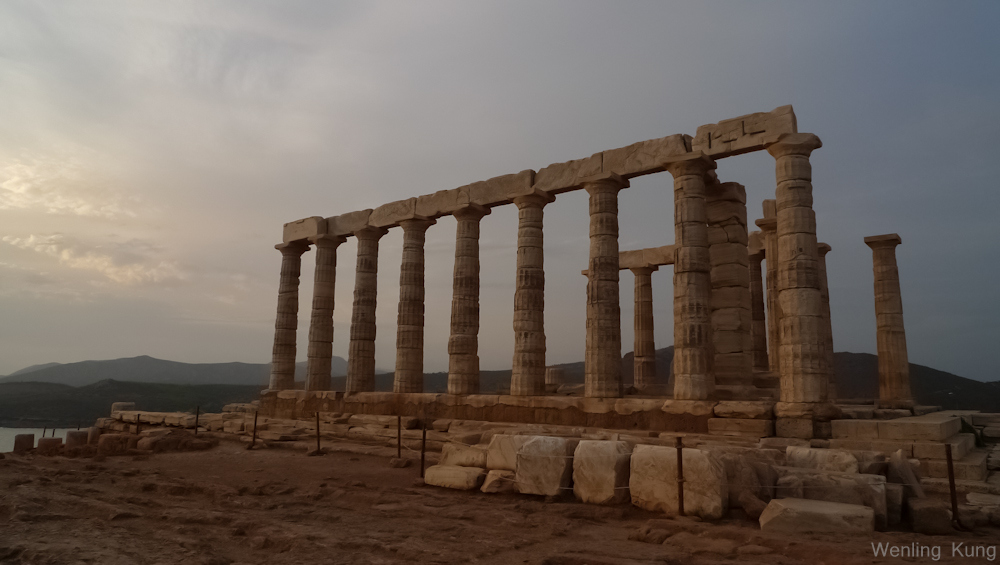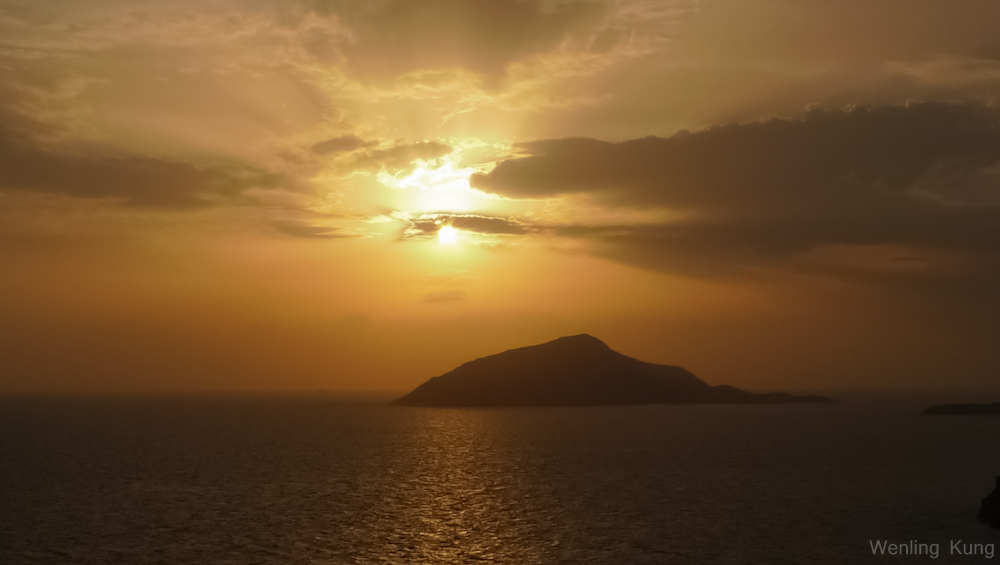The Temple of Poseidon – Cape Sounion
The Temple of Poseidon in Cape Sounion is a Doric -surrounded by collonade- temple in the southernmost cape of Attica.
Location
Timeline
Modern and Contemporary era (1821 - )
The excavations began during the late 19th century and were systematically continued until 1915.
1884 Excavations by Dorpfeld.
1899 First excavation by Valerios Stais on behalf of the Hellenic Archaeological Society.
1915 Second excavation by Valerios Stais on behalf of the Hellenic Archaeological Society.
1994 The Hellenic Archaeological Society began the most recent excavations.
Ottoman era (1453- 1821)
Byzantine era (331 AC- 1453)
Roman era (30 BC- 330 AC)
The sanctuary is in ruins.
Hellenistic era (322- 31 BC)
Classical era (478-323 BC)
It was constructed in the mid-5th century BC from marble from the nearby Agrileza quarries by the architect that, most probably, designed Temple of Hephaestus (Thision) in Athens, as the two temples look alike.









Share